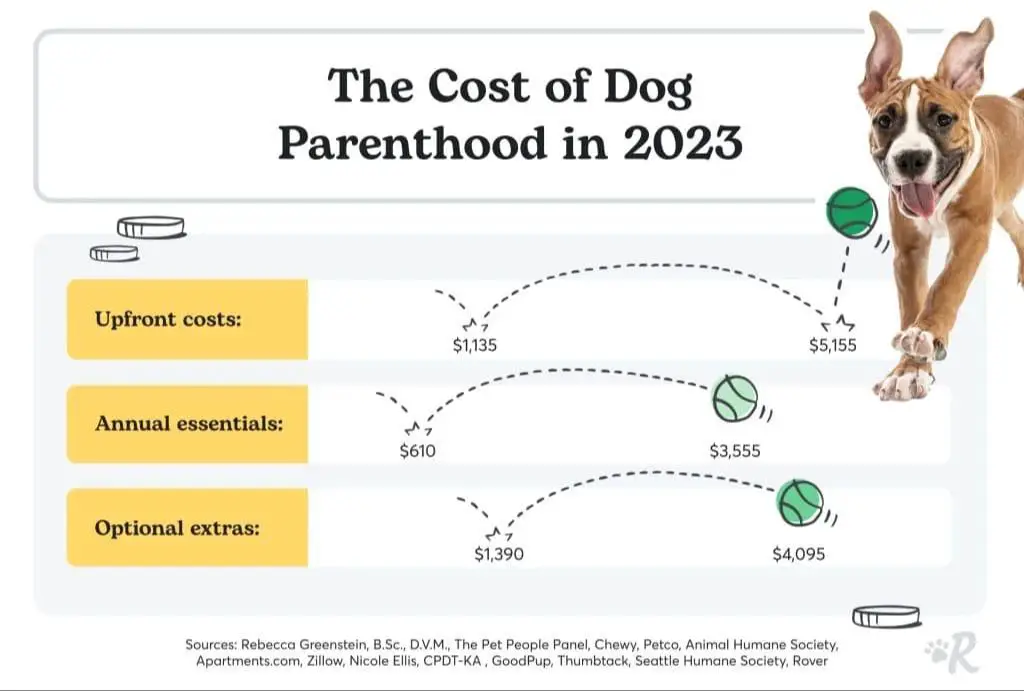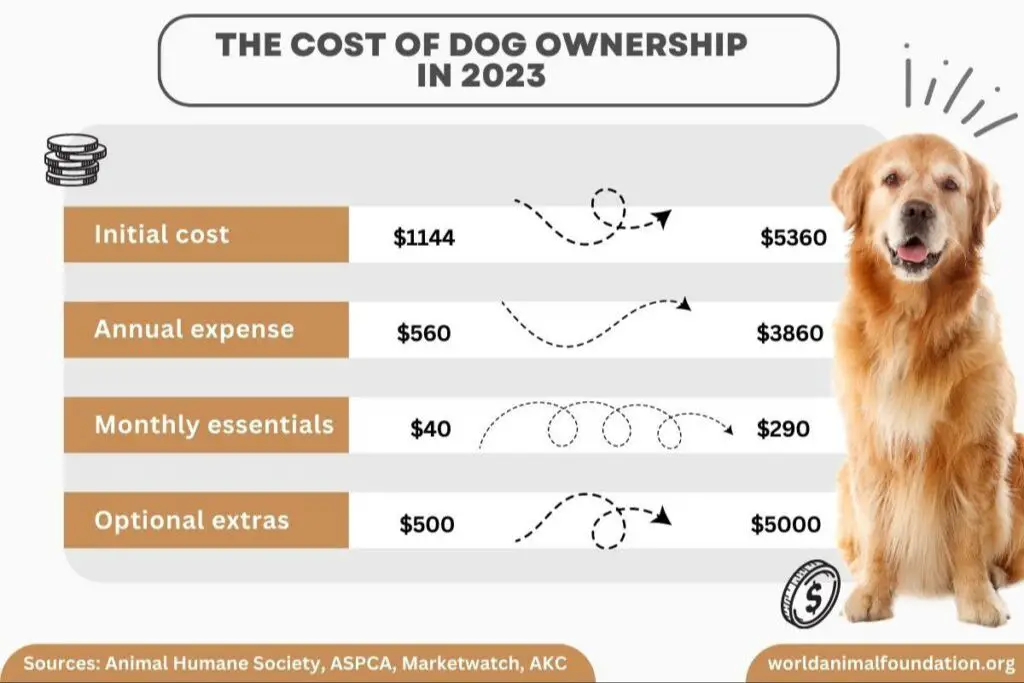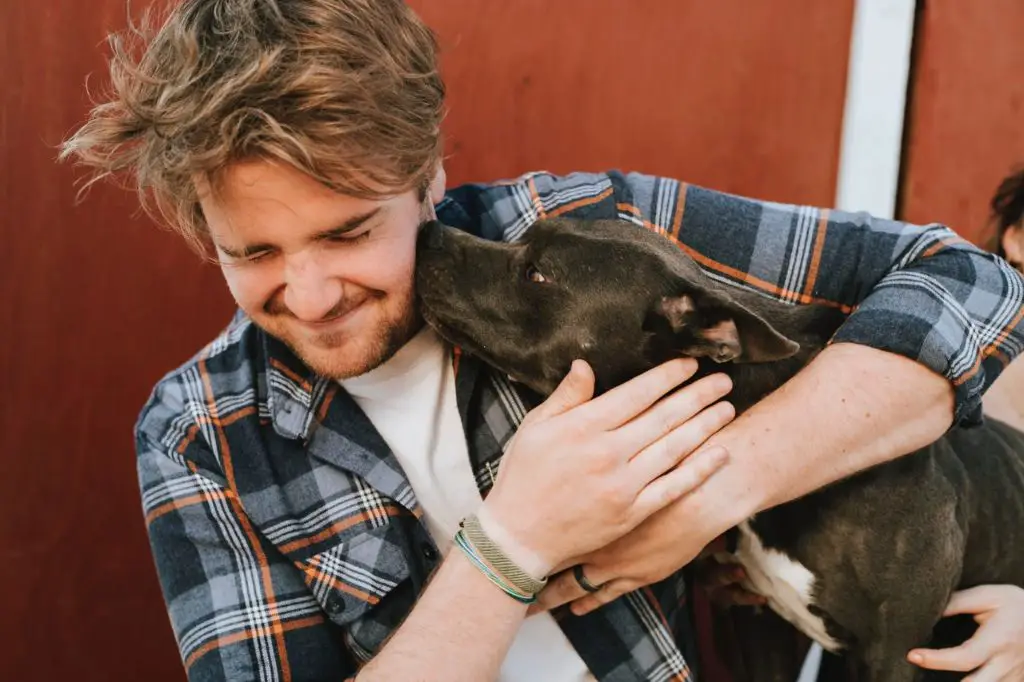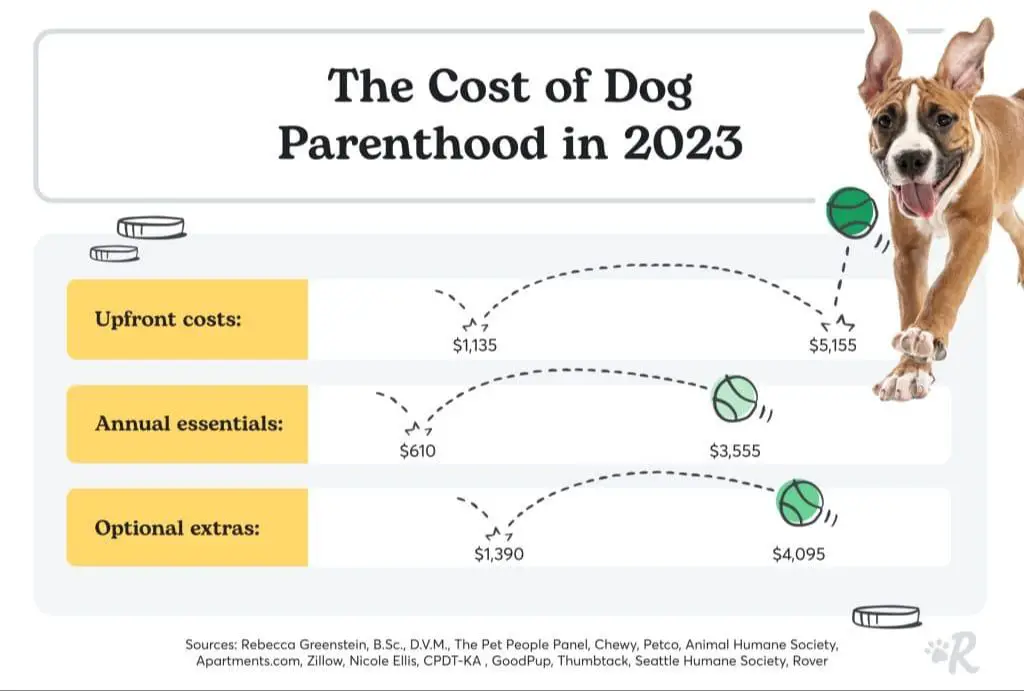Introduction
With over 76 million pet dogs in the United States, there’s no doubt these furry companions hold a special place in many families’ hearts and homes. Yet when it comes time to add a new canine member to the pack, the question often arises: Is this dog I’m considering too expensive, or too cheap?
The initial purchase price is just one factor in determining if your potential pup is budget-friendly. You’ll also need to assess expected healthcare, training, food, and other costs throughout your dog’s lifetime. While some seek out purebred pups with prestigious pedigrees, many wonderful mixed breeds and shelter dogs need loving homes too.
In this article, we’ll explore key considerations around assessing a dog’s value, examine what impacts the price, look at budgeting for expenses beyond the upfront cost, and provide tips to find an affordable, healthy dog that fits your lifestyle.
Background on Dog Prices
The cost of purchasing a dog can vary significantly depending on factors such as the breed, age, source, location, and demand. Adopting a dog from a shelter or rescue often costs between $50-$500, with most falling in the $100-$300 range. Purebred dogs from breeders generally start around $500 and can go up to over $10,000 for rarer or trendy breeds.

Some of the least expensive dog breeds include mutts, Labrador Retrievers, Chihuahuas, Beagles, and Pit Bulls. Their average purchase price from a breeder ranges from $300-$1,000. More expensive breeds like French Bulldogs, Chow Chows, Bulldogs, and Tibetan Mastiffs can cost $2,000-$5,000 on average from a breeder.
The age of the dog also impacts price. Puppies usually command a higher price, while older dogs past puppyhood often cost less. Location plays a role too, with dogs from breeders in high demand areas like California costing more than other parts of the country.
Overall, adopting from a shelter or rescue is the most budget-friendly option, while purebred puppies from top breeders are the most expensive. But there’s a wide spectrum in between.
Sources:
https://brownsburganimalclinic.com/most-and-least-expensive-dog-breeds/
https://www.marketwatch.com/guides/pet-insurance/dog-breed-costs
Costs Beyond Purchase Price
The initial price paid for a dog is just the beginning of the financial commitment. While adoption fees often range from $50-$500, buying a dog from a breeder or pet store is typically $500-$5,000 depending on the breed and pedigree. However, the ongoing costs of dog ownership usually far exceed the initial purchase.

According to the ASPCA, the average annual cost of owning a dog is $1,270-$2,115. This factors in expenses like:
- Food ($200-$900 per year)
- Medical care including checkups, vaccinations, pet insurance ($300-$1,000 per year)
- Supplies such as leashes, bowls, beds, toys ($150-$300 per year)
- Professional grooming and training ($200-$1,000 per year)
These costs can vary widely based on the dog’s breed, size, health, and other factors. However, it’s clear that the lifetime financial commitment of responsible dog ownership extends far beyond just the initial purchase price.
Characteristics of Lower-Priced Dogs
Dogs available for lower purchase prices, generally under $300 or even free, often come from shelters and rescues. Some of the most common breeds found in shelters include pit bulls, Labrador retrievers, Chihuahuas, boxers, and German shepherds according to sources like iHeartDogs and Pedigree. Shelter dogs are often mixed breeds without a known genetic history. While adopting a shelter dog can be extremely rewarding, there are some potential medical risks to consider. Shelter dogs may have increased chances of medical conditions like heartworm, parvovirus, or behavioral issues from lack of early socialization. Working with a veterinarian to assess a shelter dog’s health is important.
Characteristics of Higher-Priced Dogs
Many of the higher-priced dogs tend to be purebreds, especially rarer breeds that are in high demand. According to Tom King’s Kennel, some of the most expensive purebreds include the Tibetan Mastiff, Samoyed, Chow Chow, Azawakh, and Pharaoh Hound, with price tags ranging from $5,000 to $14,000.
Puppies also command premium prices, especially for popular breeds like French Bulldogs that can sell for $5,000 to $10,000 as puppies. The initial purchase price covers expenses like breeding, birthing, vet checks, vaccinations, and pedigree documentation.
So-called “boutique” or “designer” crossbreed dogs are also more expensive, with breeders asking anywhere from $2,000 to $5,000. Popular designer breeds include Labradoodles, Maltipoos, and Pomskies. Their hybrid vigor and novelty come at a higher price.
Assessing Value and Fit
While a low initial purchase price may seem appealing, it should not be the sole factor in deciding where to get your dog. Price alone does not determine the value or ethical breeding practices of the breeder. You must consider factors like the dog’s health, temperament, training, and predicted lifetime costs.
Take time to ensure the dog’s personality and activity level are a good fit for your lifestyle. An energetic working breed like a Border Collie may not thrive in a sedentary urban home, while a more relaxed companion breed like a Cavalier King Charles Spaniel may suit that environment better. Finding the right temperament match leads to better outcomes for both you and the dog. Consult breed-specific rescues or clubs to learn the typical traits and needs of each breed.
Aside from food, supplies, vet care and training, you must also account for potential health issues down the road. Responsible breeders invest in health testing to reduce the chances of inherited diseases, while irresponsible breeders may cut corners that leave buyers with huge vet bills and heartache. Always verify health certifications for the sire and dam.
Other warning signs of unethical breeding include reluctance to show you the full premises, puppies housed in poor conditions, no screening of buyers, and no lifetime support offered. If any red flags appear, walk away and find a more responsible breeder.
Expenses to Budget For
When getting a dog, there are many expenses that new owners should budget for. These include costs for food, supplies, healthcare, grooming, boarding, training, and more.
Food is typically one of the largest regular expenses for dog owners. Feeding a medium-sized dog high quality kibble costs approximately $235-$300 per year on average. Larger dogs or premium brands can cost even more. Canned food, fresh food, and treats will also add to the total food costs.
Basic supplies like food bowls, leashes, collars, beds, and toys will likely cost around $500 initially and then $100-150 per year for replacements. Ongoing costs for items like waste bags, chews, grooming tools, etc. should also be accounted for.
Veterinary care and pet insurance are some of the most variable dog ownership costs. Annual vet visits, vaccinations, heartworm/flea prevention may cost $300-$800 per year on average. Major medical issues, injuries, or emergencies can cost thousands more, making pet health insurance an important consideration.
Professional grooming every 4-8 weeks is recommended for most dogs, costing approximately $240-$775 per year. Even with self-grooming, bathing supplies and tools will be an ongoing expense.
Boarding or pet sitting fees for travel or work absences can add up as well. Average rates are $40-$50 per day for these services.
Training classes and obedience lessons range from $100-$500 depending on the programs. These can be a worthwhile investment for proper socialization, manners, and behavior.
Finding ways to save on food, buy supplies in bulk, learn DIY grooming, utilize pet insurance, and budget smartly can help reduce overall dog costs without skimping on essential care.
Financial Assistance Options
When faced with an unexpected pet medical bill, there are some options to help ease the financial burden:

Many veterinary clinics offer payment plans or financing options to help spread out the cost over time. Companies like CareCredit provide credit cards specifically for healthcare, including veterinary care, that allow payments over 6, 12, or 18 months with no to low interest [1].
Pet insurance can provide financial assistance by reimbursing vet costs, with premiums starting around $30/month. However, pet insurance does not cover pre-existing conditions and often has caps or exclusions, so it’s important to read policies carefully [2].
Nonprofit organizations provide financial aid for pet owners who cannot afford veterinary care. These include the Pet Fund, RedRover Relief, Brown Dog Foundation, and individual state/local rescues. They provide grants and assistance for medical procedures, medications, food costs and more for owners in need [3].
Saving vs. Splurging
When getting a new dog, it’s important to understand the difference between essential costs and optional expenses. According to Rover, annual essential costs like food, preventative veterinary care, toys, and licensing can range from $610 for smaller dogs to $3,555 for larger breeds. Optional costs for things like pet insurance, dog walkers, grooming, and training can add an extra $1,210 to $4,040 per year according to Money Magazine.

In general, it’s wise to budget for essential veterinary expenses and high-quality food to keep your dog healthy. However, expensive services like doggy daycares may not be necessary. Consider your specific lifestyle and needs. For example, pet insurance can provide peace of mind for breeds prone to medical issues. Or if you work long hours, a dog walker may be a worthwhile investment.
Ultimately, it comes down to your priorities. Splurge on optional items that will meaningfully improve your dog’s health and happiness or your ability to properly care for them. But don’t feel pressured to overspend just to keep up with trends. Focus your budget on the essentials for a healthy, well-adjusted canine companion.
Conclusion
Whether a $1,000 price tag for a dog is cheap or expensive depends on many factors. The costs beyond the initial purchase price are essential to consider – veterinary care, food, supplies, training and more add up over a dog’s lifetime. While lower-priced dogs may seem like a bargain upfront, they sometimes end up costing more in the long run if they come from irresponsible breeders and have health issues. On the flip side, some purebreds priced at $2,500+ don’t guarantee better health or temperament than a $500 mixed breed from a responsible rescue group. Do your homework on breed characteristics and related expenses, and find an ethical source. Assess the breeder’s practices, not just their dog’s price tag.
Budget at least $500-1,000 per year for food, medical care, treats, toys and other recurring costs. Look into financial assistance programs and pet insurance if needed. Consider adopting a dog rather than buying one to save on the initial costs. With preparation and dedication, a $1,000 dog can still be a wonderful, affordable addition to your family.